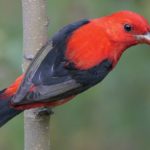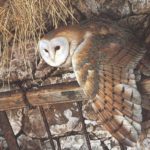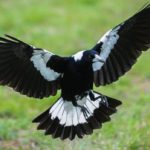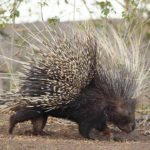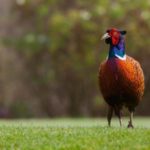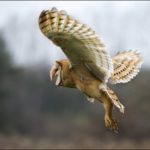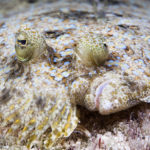Interesting facts about Gyrfalcon
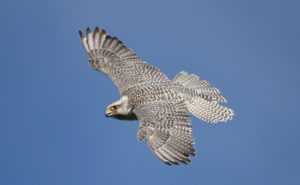 Gyrfalcon – a formidable bird, has long been used in Russia as a hunting. A sharp eye, powerful muscles and a strong key – all this makes the gyrfalcon a great predator, who almost never misses the target. Gyrfalcon can be tamed, but even living with a person, they still retain their independence, and obey only those whose superiority they recognize voluntarily.
Gyrfalcon – a formidable bird, has long been used in Russia as a hunting. A sharp eye, powerful muscles and a strong key – all this makes the gyrfalcon a great predator, who almost never misses the target. Gyrfalcon can be tamed, but even living with a person, they still retain their independence, and obey only those whose superiority they recognize voluntarily.
Females size and weight are almost twice as large as males.
Gyrfalcon is the largest bird of falcons.
The total length of the body of the gyrfalcon reaches 60 centimeters, and the wingspan is 135 centimeters.
Gyrfalcents should eat about 200 grams of food a day – most often their prey is flying birds, which they grab in the air, diving on top of them.
The main prey for gyrfalcon are white partridges.
Gyrfalcon rarely build their own nests – they prefer to capture the dwellings of other birds, especially buzzards and crows. The diameter of the nest is about one meter.
In the Middle Ages, the Gyrfalcon were very much appreciated as excellent hunting birds.
In Russia, gypsies are often caught by poachers in order to sell birds abroad on average for 30 thousand dollars.
The northernmost territories on which gyrfalcon live – Greenland, Franz Josef Land and Svalbard.
Gyrfalcon select themselves a couple of times and for life.
Nestlings of gyrfalcon become completely independent of their parents at the age of 4 months.
In the wild, gyrfalcon live up to two decades.
Gyrfalcon is a formidable predator, it is able to protect its offspring even from a bear, if required.
In natural conditions, gyrfalcon almost never get sick, but in captivity they can get infected from people with infections to which they do not have immunity.
There is a known case when the families of the Gyrfalcon occupied the same nest from the 17th century to the present day, gradually replacing each other.
According to the Red Data Book of Russia, in the vast territory of the country there are only a thousand pairs of gyrfalcon. However, now there is a tendency to restore the population.
In the past, gyrfalcon was considered a very valuable bird – these birds were given to rulers of other countries, especially foreign khans and sultans. In exchange for the gyrfalcon, they could easily give a good horse.
In the heyday of falconry, only 200 gyrfalces were caught annually for Moscow’s needs.
Gyrfalcon can accelerate to 100 meters per second, pursuing its prey.
The gyrfalcon lifts into the air vertically, and not spirally, like most other birds.
Due to sharp sight, gyrfalcon can notice potential prey at a distance of more than a kilometer.







